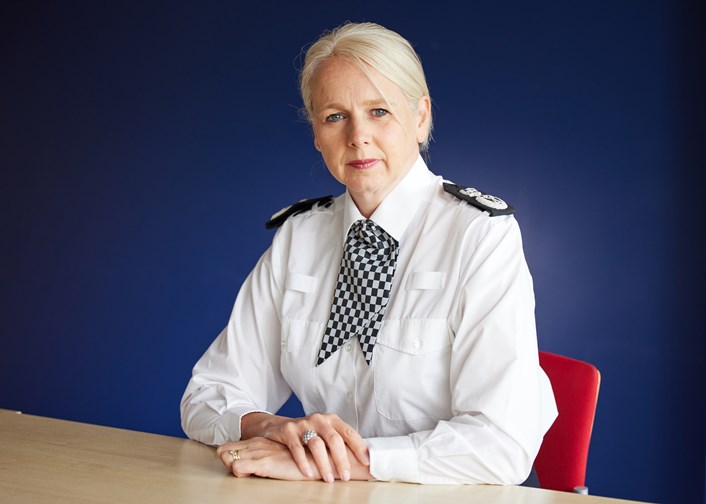
25 Aug 2021
Police Chiefs' blog: IOPC Taser review is "vague, lacks detail and ignores extensive pieces of work already underway"
The IOPC has published a review of Taser based on 0.1% of its use. The National Police Chiefs' Council lead for Less Lethal Weapons, Chief Constable Lucy D'Orsi has written a blog responding:
Scrutiny of the powers and responsibilities that police have to carry out our duties is critical to maintain the trust of communities. I am proud that the fundamental model of UK policing is one of consent and equally proud that we do so with a service which is only, on average, five per cent armed.
Unfortunately, this report by the IOPC is vague, lacks detail, does not have a substantive evidence base and regrettably ignores extensive pieces of work that are already well underway and, indeed, other areas where improvement could be made.
I advised the IOPC of my concerns and am extremely disappointed that it did not engage with policing, attend a Taser training course or consult the national independent experts who we work with whilst undertaking its initial research. Only 101 Taser uses over a five year period were reviewed and these were all ones that had been investigated by the IOPC. It is concerning that this only represents 0.1 per cent of all Taser uses in the same period, which totals 94,045.
Focusing on these smaller number of cases missed an opportunity to consider Taser use more broadly and unfortunately has resulted in recommendations which are mostly out of date and not based on the realities of policing. The focus on such a small data set ignores good practice and learning elsewhere.
I share the concerns from some of our communities about the disproportionate use of Taser on young black men, who we know are eight times more likely to have it used on them. We do not yet understand the reason for this and that’s why, for over a year and a half, we have been working with national independent advisors and the College of Policing to independently review this disproportionality. It is disheartening to see this work not being fully recognised by the IOPC. In fact, despite early support, the IOPC declined an opportunity to contribute to fund this independent work, chaired by Mr Junior Smart OBE and with a panel involving many eminent academics in the areas of policing, human rights, mental health, racism and police legitimacy and violence. This work will continue to be a priority for policing alongside our plan of action on inclusion and race, scrutinised by independent chair, barrister Abimbola Johnson.
Our Taser training is one of the most comprehensive packages offered anywhere in the world but of course there is always the opportunity for improvement. In the last year officers attended 1.6 million violent incidents and dealt with most of them without a Taser ever being discharged. The mere presence of Taser resolves an incident without it being discharged in 86 per cent of the time. Policing is not easy and in many violent situations I believe Taser is a viable less lethal option for officers between using a baton and the lethal force of a gun. Taser has a critical place in protecting the public and our officers as a less lethal device.
Officers are well trained to use the reasonable force given to them in law to confront the violence or threat of violence they are faced with when they protect the public and themselves. Rightly UK policing is highly scrutinised and as we have seen recently, when an officer acts outside of the law, they will be dealt with by the courts and face prison.
Police officers come to work to protect their communities and take split second decisions to keep the public and themselves safe. We know that over 88 per cent of officers say they have been assaulted at some point in their career. I firmly believe most people are grateful they never have to make such challenging decisions in the course of their work.
I recognise the points made by the IOPC about the use of Taser on children, and it has been a matter of concern for me long before this report. I have to question how practical it will ever be for officers to deduce if a person is 17 or 18 amid a violent and volatile situation where life could be at risk. I have again reiterated to the IOPC that the use of Taser on a child could be an automatic referral to them. It does remain of deep concern to me and my colleagues that some young people are involved in violence and carry dangerous weapons. There were 4,400 offences, involving weapons, committed by a person under the age of 18 between 2019 and 2020.
As is normal practice we will continue to review and adapt our selection, training and operating procedures and we have already reflected on the draft report from the IOPC we received. Importantly we will do this with others both within and outside of policing and I continue to be grateful for this support and challenge. I would welcome the IOPC to experience our full training course.
I will always be grateful for the bravery displayed by my colleagues, who I know will be responding to violent incidents and calls from the public asking for help whilst I write this.
Contact information
Communications office
By phone: 0800 538 5058
By email: press.office@npcc.police.uk

